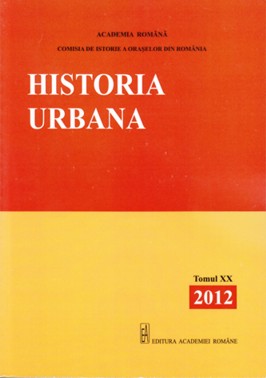Aspecte privind viaţa cotidiană în Oradea interbelică. Periferie şi periferici
Aspects Regarding Daily Life Interwar Oradea. Periphery and Peripherals
Author(s): Ion Zainea, Gabriel MoisaSubject(s): History
Published by: Editura Academiei Române
Keywords: Oradea; urban periphery; urban districts; poverty; urban modernization; urban authorities; daily life;
Summary/Abstract: The periphery of interwar Oradea was made up of a series of districts, colonies, suburbs, most of them emerged after 1918, when ethnicity was no longer taken into account when settling in the city. Some peripheral districts were bigger, other smaller; some were closer to the centre, other farther. Under ethnical report, in some districts the majority of the population was formed by Romanians, in other the population was mixed (Romanians, Mgyars, Jews). The peripheral districts had the aspect of villages, with not regular and disordered constructions with unpaved, dirty and full of potholes and dust streets, which immediately after rain transformed into mud; to this was added the lack of water and sewerage, electricity, the lack of schools and kindergartens for children, churches. The periphery represented a source of diseases, but also the place from which came and where lived the most paupers, most invalids, beggars, bums, prostitute. Out of lack of funds, the administrative authorities of the city couldn’t modernize the districts and improve the living standards of the inhabitants in the peripheries, but they were involved in helping the poor, as well as in solving the beggar, bums and thieves problem.
Journal: Historia Urbana
- Issue Year: XX/2012
- Issue No: 20
- Page Range: 279-289
- Page Count: 11
- Language: Romanian
- Content File-PDF

